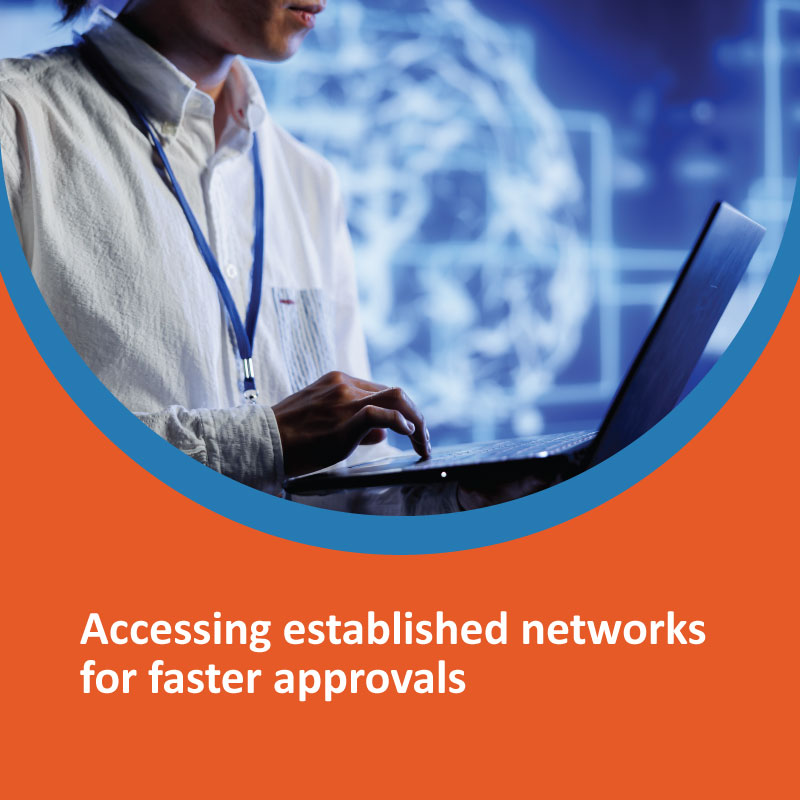Medical billing is very vital for healthcare service providers. It helps them get paid timely for their services. Without this billing, healthcare service providers would face difficulty getting paid. This would cause delays and errors in payment. Medical billing also helps outpatients by making sure they are charged correctly. This helps healthcare providers stay financially stable. And helps healthcare providers deliver better services.
In this blog post, you will explore the role of accessing established networks for faster approvals in medical billing. Moreover, you will learn about the numerous benefits they offer healthcare providers.
Understanding Medical Billing and Its Challenges
Medical billing means sending insurance claims for payment. The claim is sent to an insurance company. It is done to get payment for medical services. The process needs to be done carefully. S all mistakes can cause big problems. Errors in patient information or coding can delay or stop payment.
Some common challenges in medical billing include:
Complex Regulations: Medical billing has complex regulations, so it must follow changing rules. For example, here are the HIPAA and coding standards.
Claim Denials: When there are errors in the billing process, it leads to claim denials. These errors may be incomplete information wr,ong information, etc. This leads to the failure of claims and creates problems.
Administrative Burden: When the billing is manual, the chance of errors is high. It takes a lot of time to work, which results in delayed approvals.
Lack of Standardization: Think of it like a recipe. If everyone uses different measurements and ingredients, the outcome will be different. It is the same with medical billing. Without standardization, bills might be incorrect or incomplete, causing problems.
Healthcare providers face these issues. Manual billing is slow and prone to errors. To fix this, they partner with established networks. This helps simplify billing and gets approvals faster.
What Are Established Networks in Medical Billing?
Established networks in medical billing are just like the web, organizations, or platforms that facilitate efficient claim submission, processing, and approval. These networks typically include:
Insurance Provider Networks: These are groups of healthcare providers that an insurance company has partnered with to provide care to its members.
Billing Clearinghouses: These are like claim “messengers”. They help healthcare providers send claims to payers, ensuring all the information is complete.
Electronic Health Records (EHR) Systems: Integrated platforms that streamline patient information and medical data exchange with payers.
Provider Credentialing Networks: These systems are like provider “directories.” They keep track of provider info, ensuring it’s up-to-date and accurate, which helps reduce errors and speeds up approvals.
By joining and leveraging these networks, healthcare providers can significantly improve the speed and accuracy of their medical billing processes.
How Established Networks Facilitate Faster Approvals
Accessing established networks offers several advantages that contribute to quicker claim approvals and better revenue cycle management. Here are some ways these networks expedite the process:
- Streamlined Communication with Payers
- Automated Claim Validation and Submission
- Reduced Administrative Errors
- Preferred Provider Status
- Standardized Processes
- Efficient Dispute Resolution
Benefits of Using Established Networks for Medical Billing
Healthcare providers who access established networks for medical billing enjoy numerous benefits beyond faster approvals. These include:
- Improved Cash Flow
- Reduced Claim Denials and Rejections
- Operational Efficiency
- Compliance with Industry Standards
- Enhanced Patient Satisfaction
Strategies for Accessing and Utilizing Established Networks
To maximize the benefits of established networks, healthcare providers should adopt the following strategies:
Partner with Reputable Billing Clearinghouses
Choose a reliable clearinghouse with a track record of success in processing claims quickly and accurately. Ensure the clearinghouse is compatible with your existing systems and supports multiple payers.
Invest in Integrated Technology
Implement EHR and practice management systems that connect with established networks. T is integration allows seamless data sharing, reduces manual entry, and improves claim accuracy.
Join Insurance Provider Networks
Enroll in preferred provider programs with major insurance companies. This will speed up the approval process and enhance your practice’s visibility and patient access.
Ongoing Staff Training
Ensure billing staff is trained on industry standards, network protocols, and regulatory changes. Continuous education helps maintain accurate claim submissions and reduces the risk of errors.
Monitor and Analyze Billing Performance
Review performance benchmarks such as claim acceptance rates, denial reasons, and time to payment regularly. These insights help you spot trouble areas and make targeted improvements to your billing workflow.
Conclusion
Medical billing is very vital for healthcare service providers. It helps them get paid timely for their services. Without this billing, healthcare service providers would face difficulty getting paid. This would cause delays and errors in payment. Accessing established networks is a powerful way to achieve faster approvals in medical billing. Using these networks affects communication and reduces administrative burden. When they follow the payer’s guidelines, cash flow improves, and efficiency is seen in the operation.
By partnering with reputable billing clearinghouses, integrating advanced technology, and joining insurance provider networks, healthcare organizations can optimize their revenue cycle and focus on delivering high-quality patient care. As the healthcare industry evolves, leveraging established networks will remain a critical strategy for enhancing financial performance and maintaining a competitive edge.
FAQ’s
1. What are established networks in medical billing?
Established networks in medical billing work contain insurance provider groups, billing clearinghouses, and electronic health records (EHRs) that simplify the claims process and facilitate timely payments.
2. How do established networks speed up medical billing approvals?
Established networks speed up medical billing approvals by:
Automating claims processing.
Reducing paperwork.
Minimizing manual errors.
Ensuring timely submissions.
3. What are common challenges in medical billing?
Common challenges in medical billing include:
Delays in payment
Administrative errors
Insurance denials
Complexity in coding and compliance
Insufficient staff training.
4. How can healthcare providers improve their billing process?
Healthcare providers can improve their billing process by:
- Using electronic health records (EHRs)
- Implementing automated billing systems
- Verifying patient insurance
- Training staff on billing procedures
- Regularly reviewing and updating billing processes.


